2013
The Garden of Siloam Mural ProjectAfrica

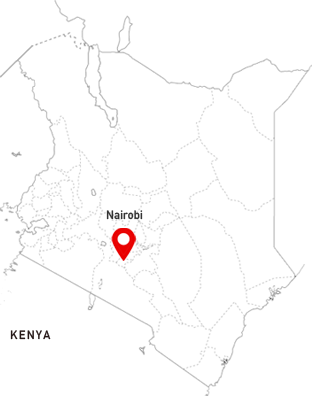

2013


Africa is currently going through major advancements and Kenya in particular has entered a period of high economic growth, with a rush on construction that has caused the costs of land and building material to rocket upwards. This economic growth casts a shadow, within which it is difficult for children with disabilities to receive visibility. The number of specialists and facilities that can provide appropriate medical care and education for children with disabilities is limited. Medical insurance and welfare services are also almost non-existent, so the families of these children are facing financial difficulties. Discrimination and prejudice is also rife and there are many families raising their children with a sense of shame.
I was impressed by the activities of Kazuko Kumon, a pediatrician who runs the Garden of Siloam for children with disabilities and their parents in Kenya, and so we have launched this project to create a mural together with disabled children in the region that will serve as a symbol of the facility.
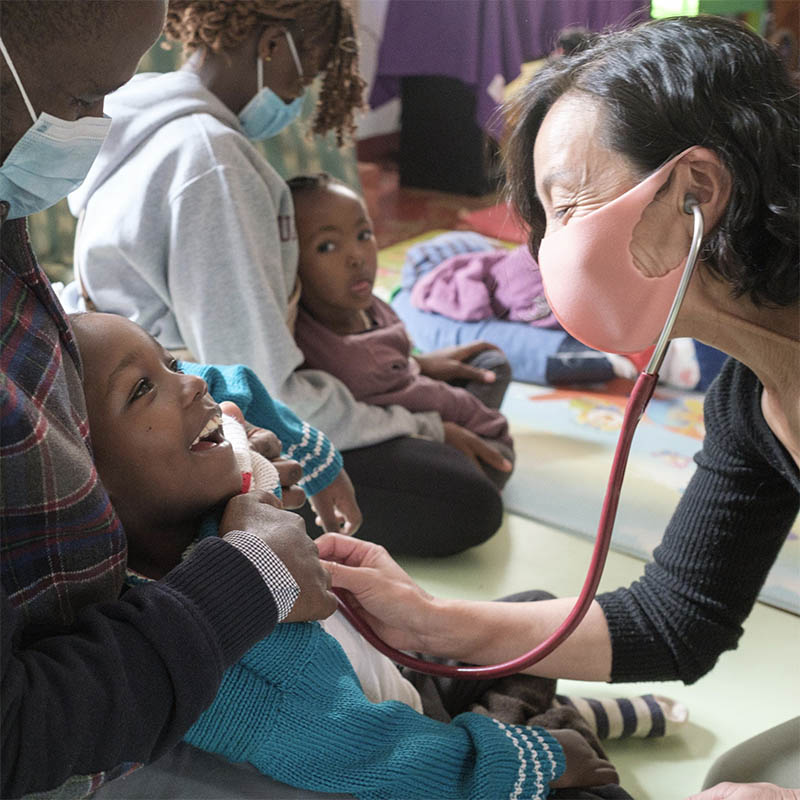
This facility, established in 2015, provides rehabilitation and education support for Kenyan children with disabilities and their family members. It is run by Dr. Kazuko Kumon, a Japanese pediatrician. The aim is to provide high-quality education and medical care that meets the different needs of each individual. Further, they offer support for the creation of a loving, safe environment and work to help the children and their family members make the most of what they have so that they can feel joy in life.
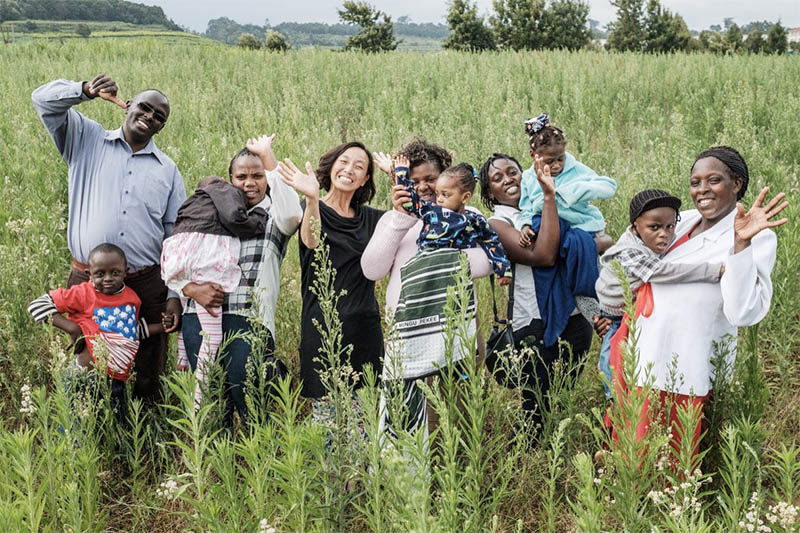
In Kenya, children with disabilities and their family members have been subject to discrimination and prejudice. Moreover, due to the economic situation and insufficient infrastructure, it is difficult for the children to use buses or other public transportation or to have access to wheelchairs, so they are forced to stay at home all the time. Those circumstances mean self-affirmation and proving one’s existence is extremely hard. However, we believe that by encouraging the natural sensibilities and expressiveness that children have so that they can create one-of-a-kind artwork, they can feel pride in their individuality.
The meaning behind the naming of the Garden of Siloam is that various different shapes, colors, sizes, and things are what makes a garden beautiful. Our image is to paint a picture of a garden on one of the walls at the Garden of Siloam and that it will include the unique flowers drawn by the children.
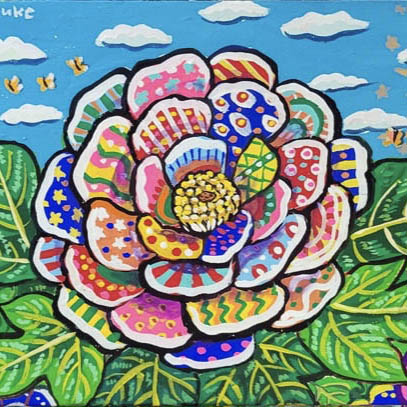
Many of the children who attend the Garden of Siloam find it difficult to hold a paintbrush, so it can be assumed it will be hard for them to paint directly onto a wall. We will think about how to let each child participate according to their own ability and aim for them to be able to actively participate and create artwork that reflects their intentions. We also hope that by having families participate and support their work, we can create opportunities for the children to realize new potential.
In principle, the Over the Wall staff members, family members, and Siloam staff will paint the wall and the children will color the main parts, which will then be attached to the wall. At that time, the tools used will be matched to each child’s ability, so for those that cannot use a brush, they can use stamps or their hands to freely apply the colors that they like.
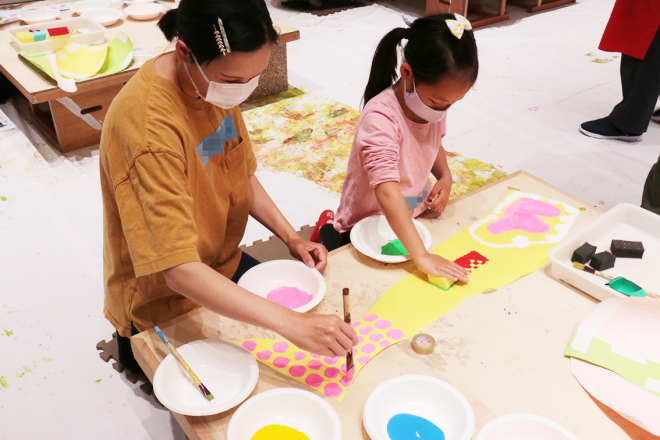 Envisioned workshop
Envisioned workshop
There are 1.3 billion people globally, one in five, who still have no access to electricity, and the majority live in a dozen or so countries in Africa and Asia. One of those countries is the Republic of Benin, a developing country with an electricity access rate of only 40% (as of 2016).
GOOD ON ROOFS started collaborative plans with the Benin government in 2022 to install mini solar power stations at approximately 700 elementary schools across the country and establish a system where people can freely take lanterns home with them that act as both a light and a source of electricity. Over the Wall plans to work with GOOD ON ROOFS to create bright, cheerful murals, drawn together with the local children, to make the mini solar power stations feel more familiar and let this crucial lifeline become a welcome place for everyone in the community. As this project is still in the planning stage, a mural cannot be created at this time; however, we will run a flag relay workshop at the location as well as hold a face-to-face meeting to discuss the next project.
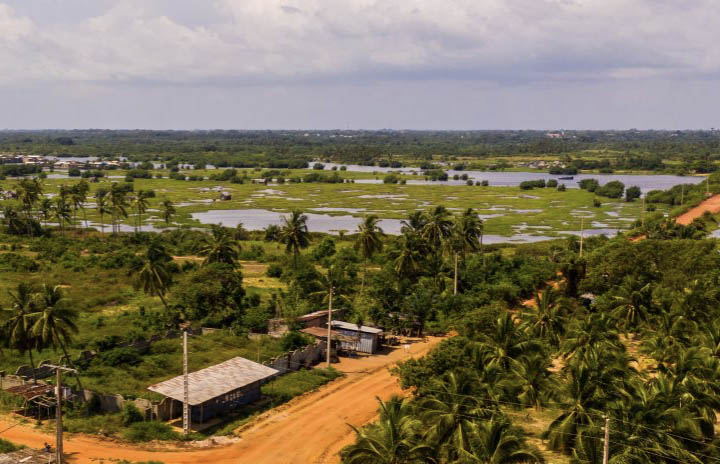
Each year, along with creating a permanent mural for the project country, Over the Wall also makes a flag to be given to the children of the next country where the project will be held. At the previous location of Pakistan, the local children made a flag to pass on to the children of Benin. In Benin, we will work together with students at Takeshi Japanese Language School to create a flag that will travel on to the Philippines, the location of the next project.
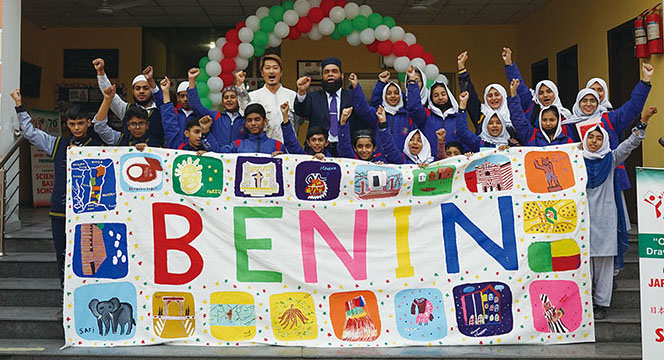
Project Period: July 17 (Mon) – August 19 (Sat)
順不同
© Over the Wall